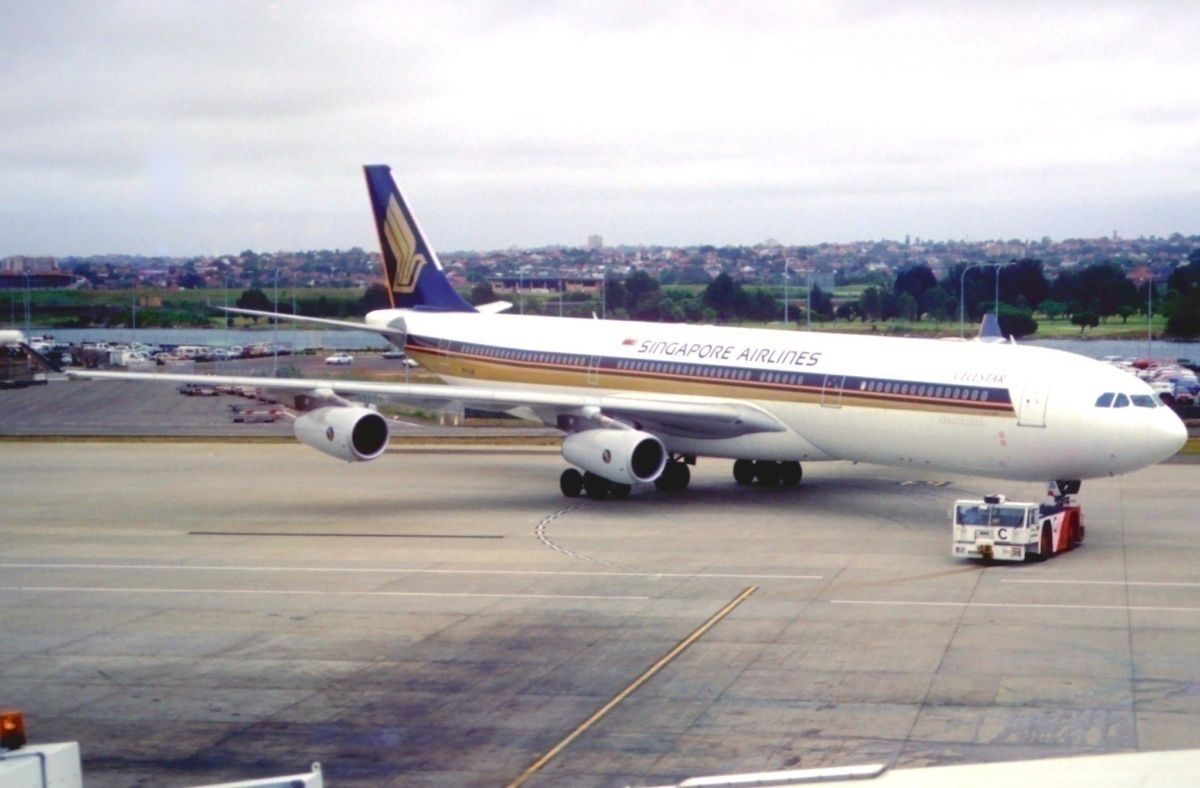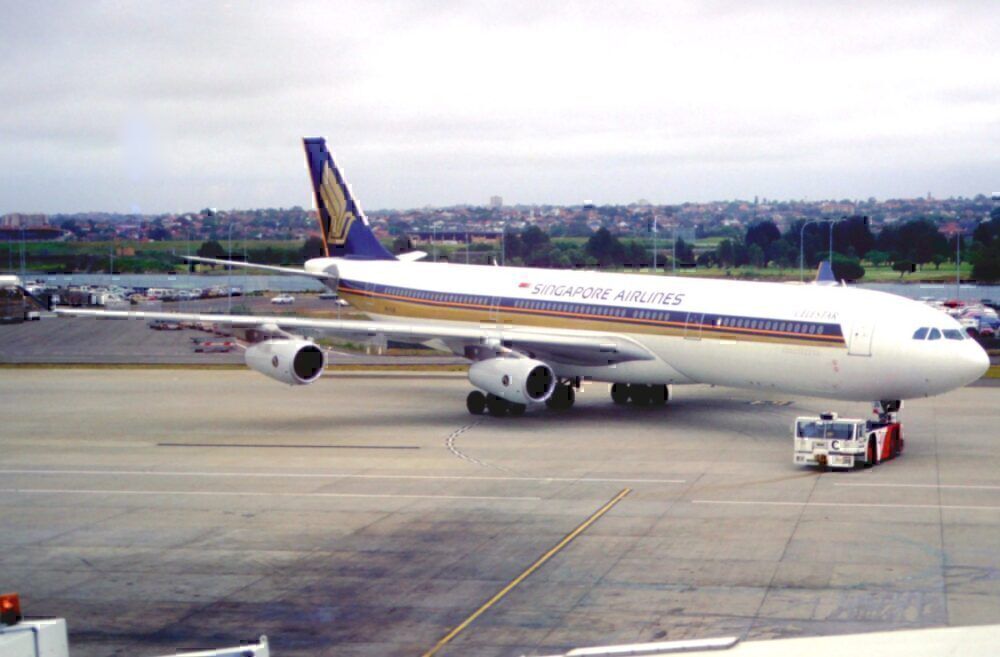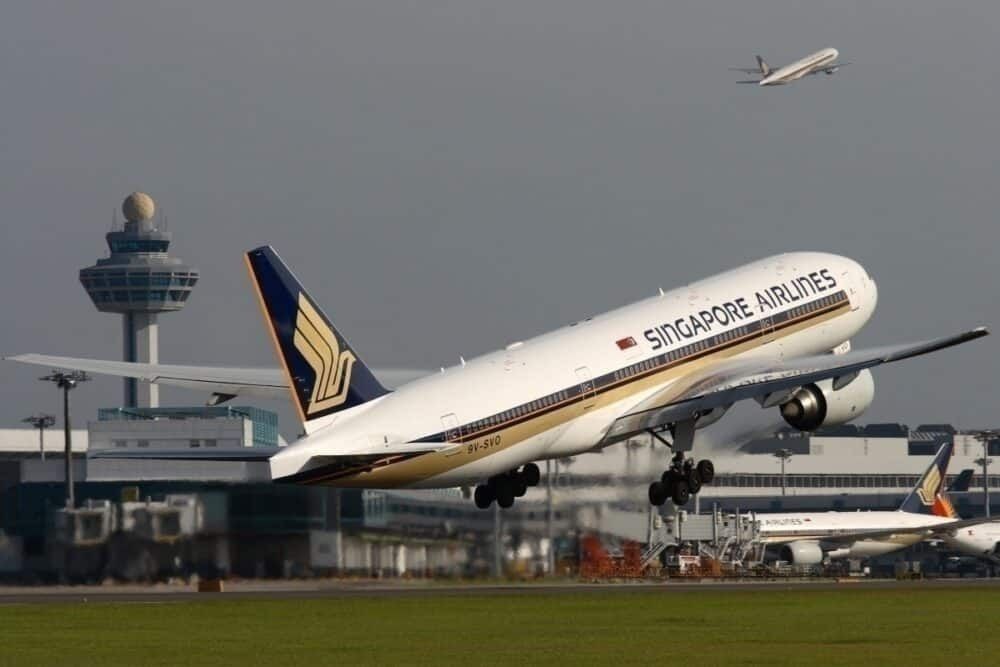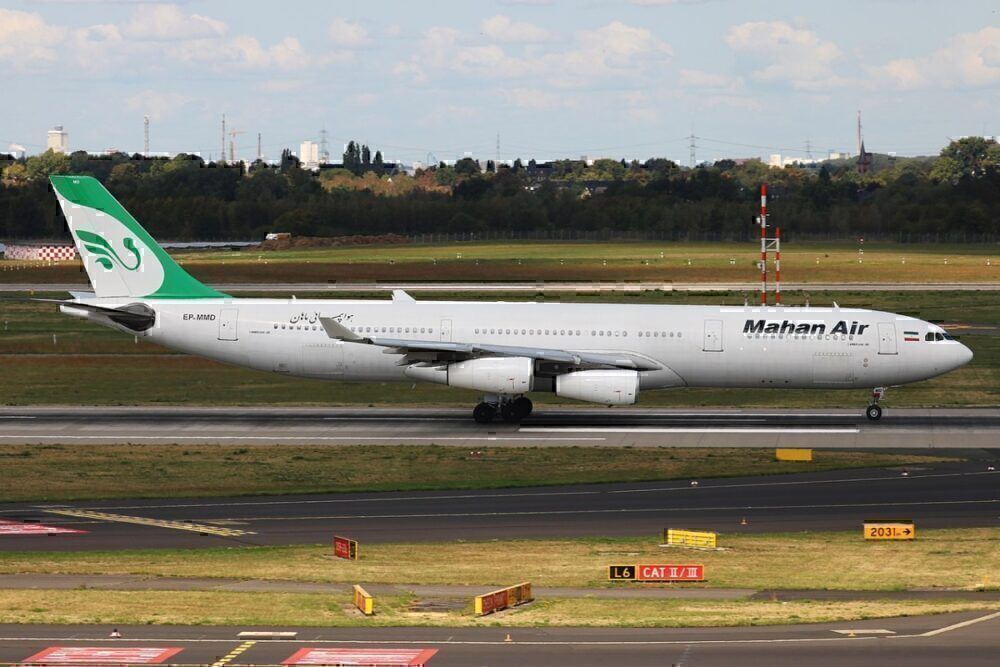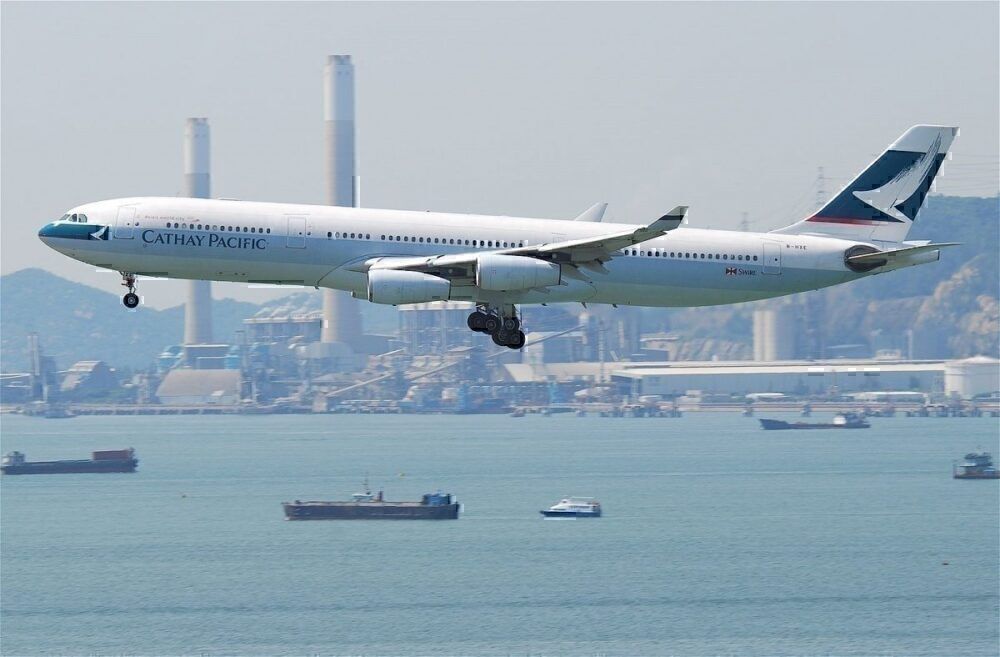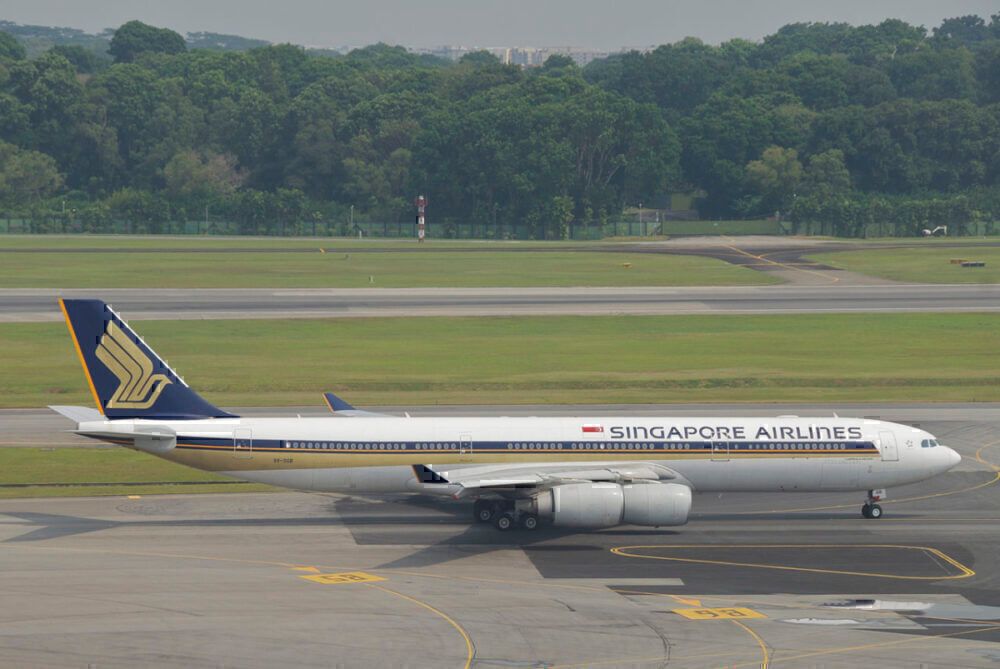Earlier this week, we wrote about how Boeing had purchased 17 Airbus A340-300s from Singapore Airlines as part of a deal to sell the carrier 34 Boeing 777s. In June 1999, on the last day of the Paris Air Show, the deal, which had been kept a secret for about four years, was finally unveiled. The sale went through, much to Airbus' disapproval. But what happened to these jets in the end? Let's find out.
The most logical conclusion is that these aircraft would go on to other operators. It would be a funny thought to imagine that Boeing would operate the aircraft itself or just scrap the jets. However, the deal had to be profitable, and it was always Boeing's intention to find an operator.
Stay informed: Sign up for our daily aviation news digest.
Step one: The sale to Boeing
Very much similar to what you would do when trading in your used car to get a discount on a brand-new, factory-fresh model, Singapore Airlines' A340s went to Boeing as part of a deal to acquire brand new 777-200s.
According to data available on Airfleets.net, it appears that the first step was for the aircraft to be transferred to BAHC - otherwise known as Boeing Aircraft Holding Company. This corporate entity is a wholly-owned subsidiary of Boeing that manages Boeing-owned, used aircraft, including planes acquired due to a trade-in or a lease return.
Step two: Find an operator
While we won't go in-depth with the specific history of 17 Airbus A340-300 aircraft, we can note some of the more significant operators.
Several of these jets went to Gulf Air for a while. From there, some were passed on to Spanish carrier Plus Lineas Aereas while one went over to Mahan Air of Iran.
Another jet was leased out by Boeing to Taiwanese carrier China Airlines. That jet is now A7-AAH and belongs to the government of Qatar, otherwise known as the Qatar Amiri Flight. According to our count, about four planes went to Dubai-based Emirates. As far as we know, this is where the jets spent their final years.
Three jets went directly to Cathay Pacific and spent about eight years with the Hong Kong carrier before being stored in 2009. In 2011, however, these three jets all headed south, across the Pacific Ocean to Argentina. There, they flew with Aerolineas Argentina until about 2017.
Leases from Hi Fly, and private operators
A fair number of these jets ended up with wet lease operator Hi Fly, where they either still exist or have been scrapped. Hi Fly was able to lease some of the quad jets out to carriers like Estelar Latinoamerica, Azores Airlines, XL Airways France, Air Algerie, and even the Royal Australian Air Force (RAAF)! Hi Fly actually leased more than one to the Australian Air Force as CS-TQY also spent some time down under. The RAAF used these as troop transports.
One now exists as VP-BMS with Las Vegas Sands, while another (T7-SAU) is listed as private. While the VP prefix of an aircraft registration code indicates registration in a British Overseas Territory, Las Vegas Sands is a casino and resort company. The presumption is that the jet is used to fly 'high-rollers' and VIPs to 'live the high life.'
It's important to note that some of these jets have since been scrapped.
It's actually quite incredible to examine all the airlines and operators this batch of A340-300s had gone on to fly with after being bought up by Boeing.
Were you at all surprised by some of these operators? Let us know your thoughts in the comments.

